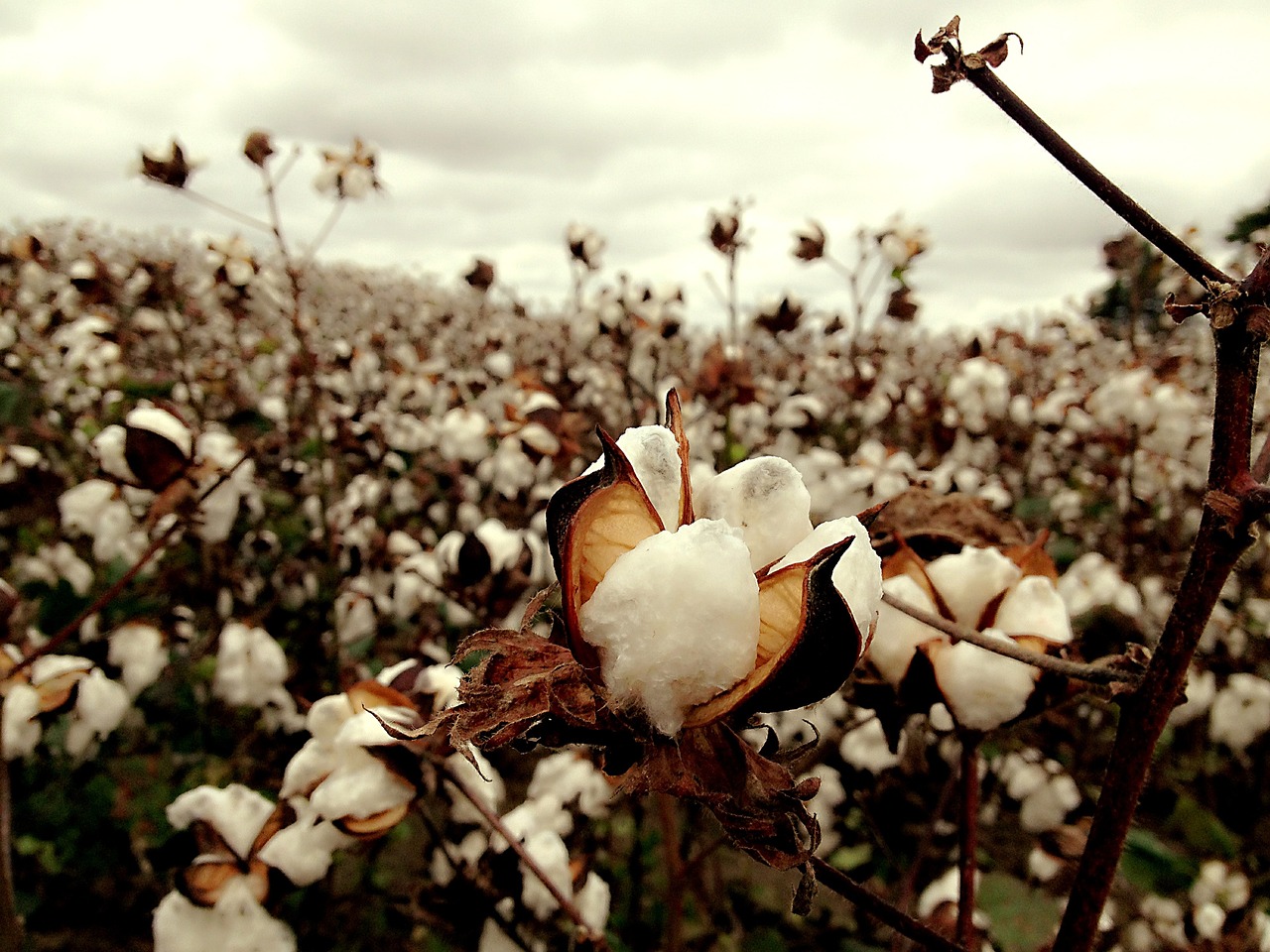At Unjha (Gujarat), the center of the trade, the average mandi prices of cumin seeds (jeera) have dropped by 50%, from Rs 600/kg in October to Rs 300/kg. According to traders, the dip was caused by expectations of a record crop. much though jeera is starting to arrive in the mandis, the peak of arrivals is anticipated by the end of February, at which point prices are probably going to decline much more.
According to traders, the average cost of this spice seed production for the 2021–2022 season was Rs 200/kg. Beginning in March 2023, when they were approximately Rs 450/kg, the costs have been rising. On Friday, Jeera futures with an expiration date of May 20, 2024, reached a value of Rs 26,280 per quintal on the National Commodities and Derivatives Exchange (NCDEX) platform.
December 2023 saw a report of 114% annual retail inflation, which has been in the three digits since July 2023. Since April 2022, the prices of the spices variety have been in the double digits. In the meanwhile, decreased supply from other producing nations including China, Syria, and Afghanistan have resulted in a sharp increase in the demand for jeera exports during the past month. Almost 20,000 tons of cumin seeds have been exported in the last two months.
However, due to lower output in the previous season that raised prices, jeera exports are expected to drop by 20% in the current fiscal year from 0.17 million tone of shipments in 2022–2023. Jeera is sown in October-November and harvested in February-March, with March-May being the peak marketing season. This year’s trade estimate put jeera production at 9 million bags (60 kg each) against the 5 million bags in 2022-23. Rajasthan and Gujarat account for 80% of the cumin seeds production.

